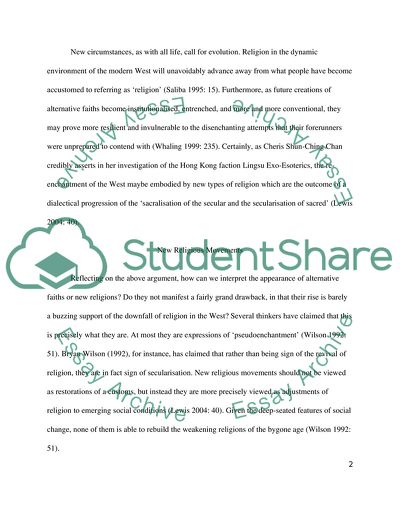Cite this document
(The Genuine Character of New Religious Movements Essay, n.d.)
The Genuine Character of New Religious Movements Essay. https://studentshare.org/social-science/1733569-what-are-new-religious-movements
The Genuine Character of New Religious Movements Essay. https://studentshare.org/social-science/1733569-what-are-new-religious-movements
(The Genuine Character of New Religious Movements Essay)
The Genuine Character of New Religious Movements Essay. https://studentshare.org/social-science/1733569-what-are-new-religious-movements.
The Genuine Character of New Religious Movements Essay. https://studentshare.org/social-science/1733569-what-are-new-religious-movements.
“The Genuine Character of New Religious Movements Essay”. https://studentshare.org/social-science/1733569-what-are-new-religious-movements.


